If you're searching for 'brown augar', you're likely looking for 'brown sugar'—a common misspelling. Brown sugar is a type of sugar that contains molasses, giving it a rich, caramel-like flavor and moist texture. In this article, we'll dive deep into the world of brown sugar, from its origins and flavor profile to practical cooking tips, visual comparisons, and a comprehensive buying guide to help you find the best quality for your kitchen.
Table of Contents
- What Is Brown Sugar?
- Flavor Profile and Culinary Uses
- Brown Sugar vs. Other Sugars: What Sets It Apart?
- How to Use Brown Sugar Like a Pro
- Buying Guide: Choosing the Best Brown Sugar
- 5 Amazing Recipes That Shine with Brown Sugar
- Frequently Asked Questions
- Final Thoughts
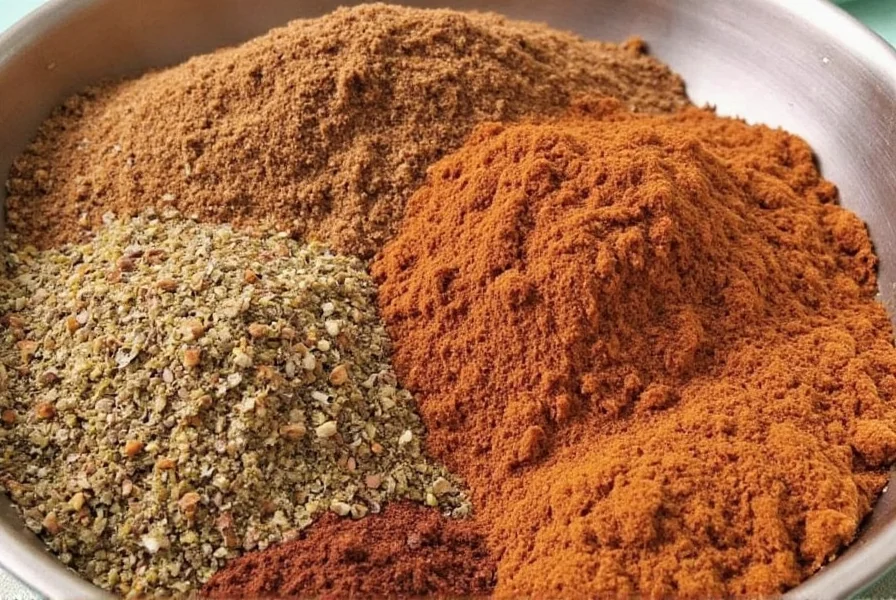
What Is Brown Sugar?
Brown sugar is a natural sweetener made from sugarcane or sugar beets, where the molasses (a byproduct of sugar refining) is retained or added back to white sugar. This gives it a distinctive moist texture, rich color, and complex caramel-like flavor. Unlike white sugar, which is fully refined, brown sugar contains 3.5% to 6.5% molasses, depending on the type.
There are two main types:
- Light Brown Sugar: Contains about 3.5% molasses, with a mild flavor and lighter color.
- Dark Brown Sugar: Contains about 6.5% molasses, with a deeper, more robust molasses flavor and darker color.
Brown sugar is not a single spice but a type of sugar used globally in baking, cooking, and beverages. Its moisture content makes it ideal for recipes where chewiness or caramelization is desired.
| Type | Main Ingredients | Flavor Profile | Best For |
|---|---|---|---|
| White Sugar | Refined sucrose, no molasses | Neutral sweetness | Drinks, delicate desserts |
| Light Brown Sugar | Sucrose + 3.5% molasses | Mild caramel, subtle richness | Cookies, cakes, glazes |
| Dark Brown Sugar | Sucrose + 6.5% molasses | Strong molasses, deep caramel | Barbecue sauces, gingerbread, baked beans |
| Raw Sugar | Partially refined cane sugar | Grainy texture, light molasses | Coffee, tea, toppings |
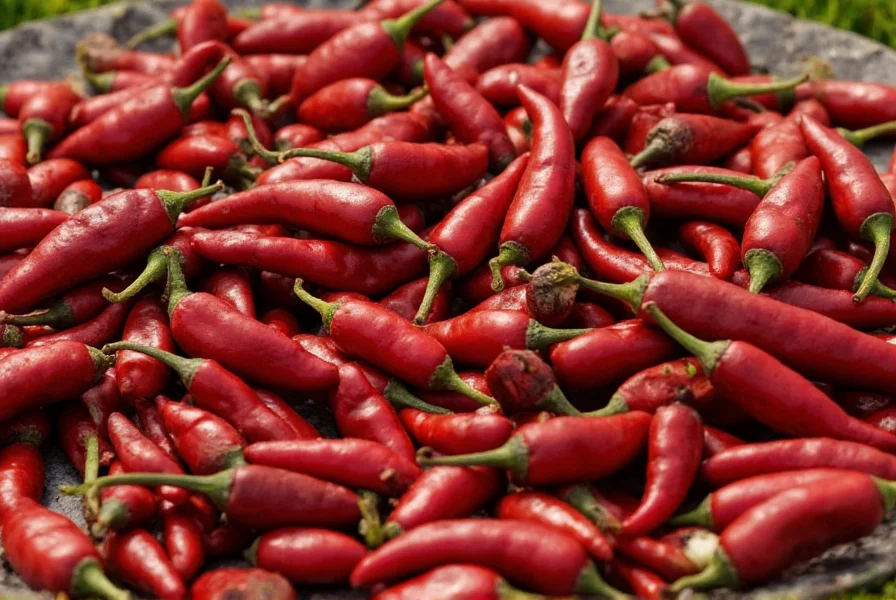
Flavor Profile and Culinary Uses
Brown sugar offers a complex sweetness that white sugar cannot match. Here's what to expect:
- Caramel and Molasses Notes: The molasses provides a warm, toasty depth.
- Moist and Chewy Texture: Ideal for cookies, bars, and dense cakes.
- Richer Flavor than White Sugar: Adds complexity to both sweet and savory dishes.
- Better Caramelization: Creates deeper browning in baked goods and sauces.
Where to Use It
Brown sugar is incredibly versatile. Here are some of our favorite ways to use it:
- Baking: Essential for chewy chocolate chip cookies, moist banana bread, and gingerbread.
- Savory Dishes: Balances acidity in barbecue sauces, marinades, and glazes for meats.
- Beverages: Sweetens coffee, tea, or hot chocolate with extra warmth.
- Breakfast: Sprinkled on oatmeal, yogurt, or pancakes for natural sweetness.
- Roasted Vegetables: Toss with sweet potatoes or carrots for caramelized edges.
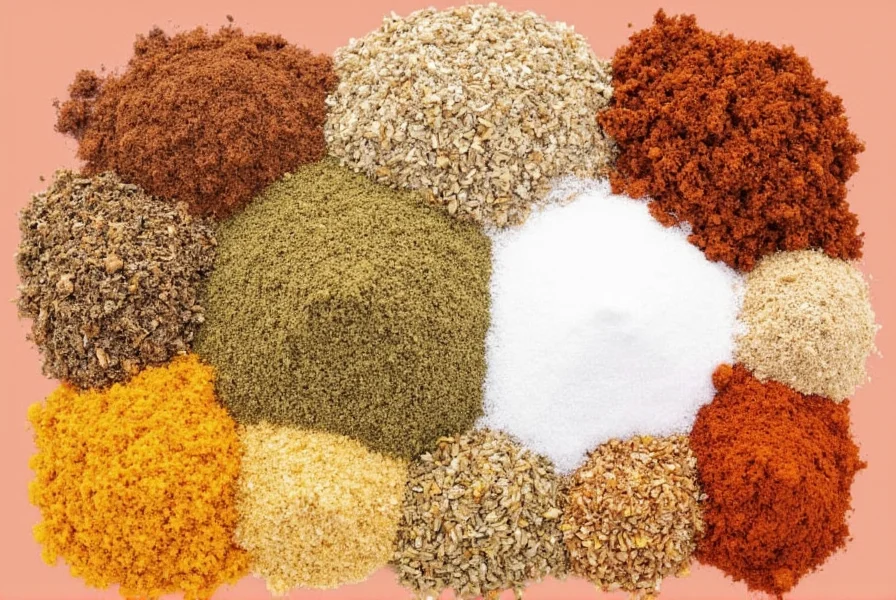
Brown Sugar vs. Other Sugars: What Sets It Apart?
You might be wondering: how does brown sugar stack up against other sweeteners? Here's a quick comparison to clarify the differences:
| Type | Main Ingredients | Flavor Profile | Best For |
|---|---|---|---|
| White Sugar | Refined sucrose, no molasses | Neutral sweetness | Drinks, delicate desserts |
| Light Brown Sugar | Sucrose + 3.5% molasses | Mild caramel, subtle richness | Cookies, cakes, glazes |
| Dark Brown Sugar | Sucrose + 6.5% molasses | Strong molasses, deep caramel | Barbecue sauces, gingerbread, baked beans |
| Raw Sugar | Partially refined cane sugar | Grainy texture, light molasses | Coffee, tea, toppings |
| Honey | Natural nectar, enzymes | Floral, variable sweetness | Marinades, dressings, baking |
| Maple Syrup | Maple tree sap | Woody, earthy sweetness | Pancakes, glazes, oatmeal |
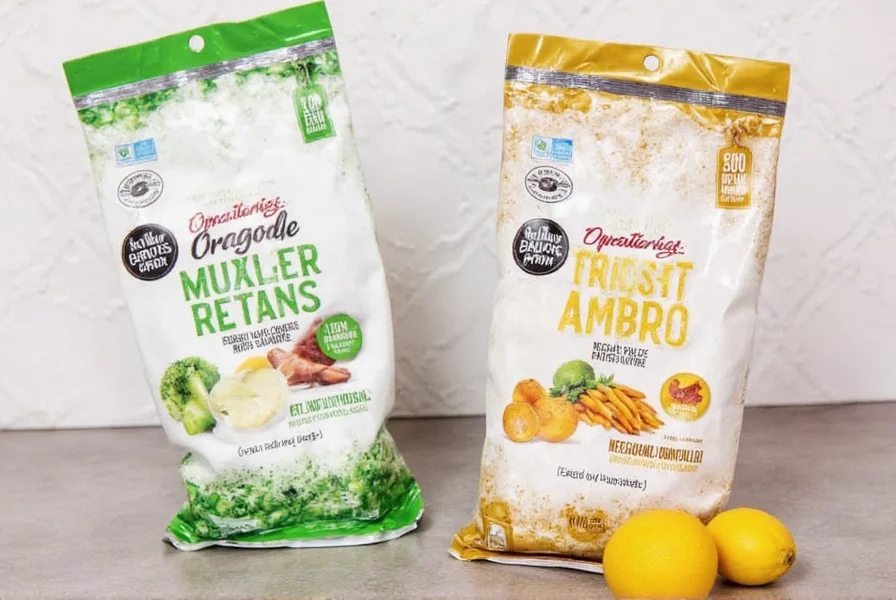
How to Use Brown Sugar Like a Pro
Using brown sugar is easy—and fun! Here are five pro-level tips to get the most out of this versatile sweetener:
1. Keep It Moist
Brown sugar hardens when exposed to air. To soften it, place a slice of bread or apple in the container for 24 hours. The moisture will transfer to the sugar.
2. Measure Accurately
For baking, pack brown sugar firmly into the measuring cup to ensure consistent moisture content. Loose packing can lead to dry results.
3. Substitute Wisely
For every 1 cup of white sugar, use 1 cup of brown sugar for a richer flavor. For light brown sugar, replace with dark brown sugar for deeper notes in recipes like gingerbread or barbecue sauce.
4. Enhance Savory Dishes
Balance acidity in tomato-based sauces or vinegar-based dressings with a teaspoon of brown sugar. It adds depth without overpowering sweetness.
5. Make Your Own Brown Sugar
Need a quick substitute? Mix 1 cup of white sugar with 1-2 tablespoons of molasses. Stir until fully combined. Use light molasses for light brown sugar or dark molasses for dark brown sugar.
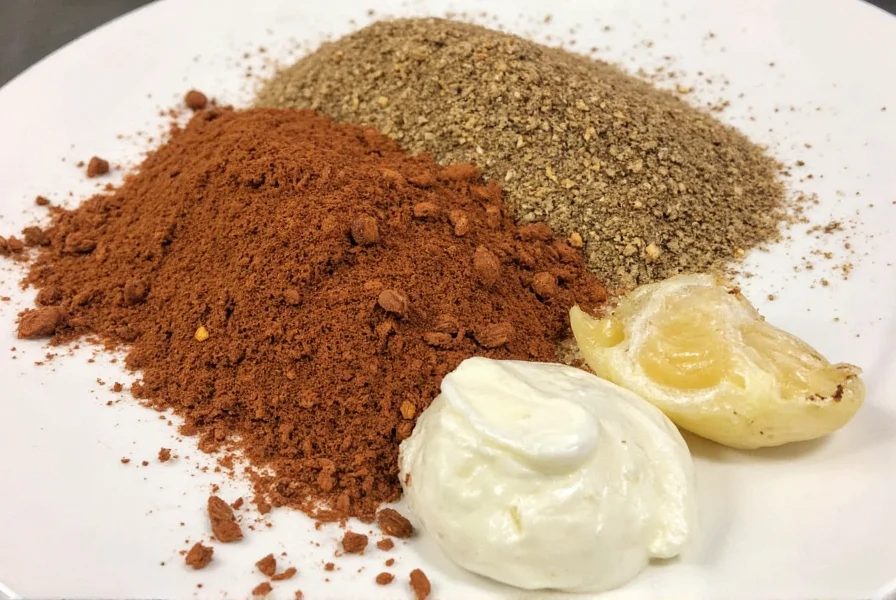
Buying Guide: Choosing the Best Brown Sugar
Brown sugar is widely available, but quality varies. Here's what to look for:
Top Brands and Their Features
| Brand | Key Features | Best For | Recommended Use |
|---|---|---|---|
| Domino | Consistent quality, widely available | Everyday baking and cooking | Cookies, cakes, general baking |
| Wholesome Sweeteners | Organic, fair-trade certified | Health-conscious bakers | Organic desserts, natural sweetening |
| Florida Crystals | Unrefined, retains natural molasses | Authentic flavor enthusiasts | Barbecue sauces, gingerbread, slow-cooked dishes |
| Trader Joe's | Affordable, consistent texture | Budget-friendly cooking | Everyday recipes, coffee sweetening |
What to Look For When Buying
- Moisture Content: Good brown sugar should feel soft and clump slightly. Avoid dry, hard lumps.
- Label Clarity: Check for "light" or "dark" designation to match your recipe needs.
- Ingredient List: Should only include sugar and molasses. Avoid artificial additives.
- Packaging: Opt for resealable bags or airtight containers to maintain freshness.
Storage Tips
To keep your brown sugar fresh for months:
- Store in an airtight container away from heat and light.
- Keep it in a cool, dry place like a pantry or cupboard.
- If it hardens, add a marshmallow or terra cotta sugar saver to restore moisture.
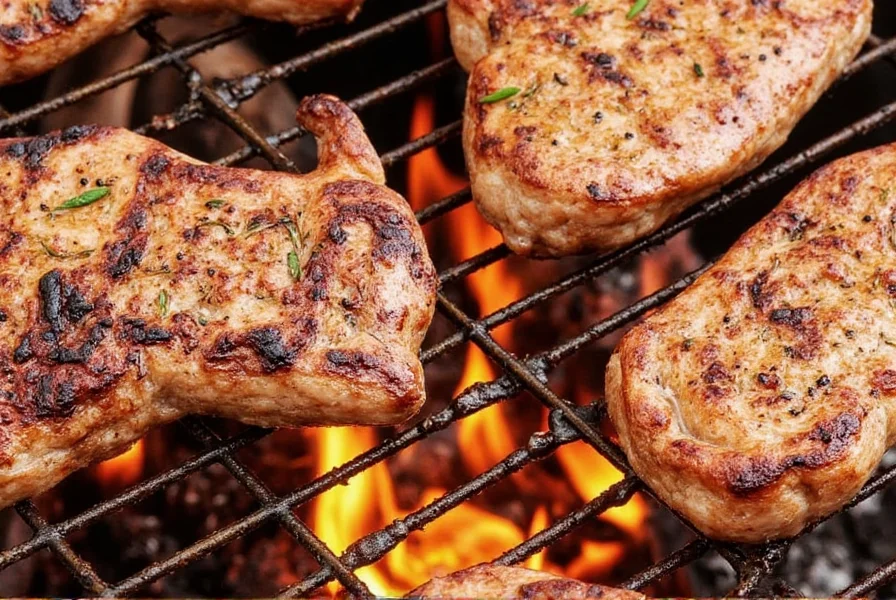
5 Amazing Recipes That Shine with Brown Sugar
Ready to put your brown sugar to the test? Try these five recipes that elevate it to star status:
- Classic Chewy Chocolate Chip Cookies: Use dark brown sugar for extra depth. Bake until golden for perfect chewiness.
- Honey-Glazed Carrots: Toss carrots with melted butter, brown sugar, and a pinch of cinnamon. Roast until tender and caramelized.
- BBQ Pulled Pork Sandwiches: Mix brown sugar into your barbecue sauce for a sweet-spicy glaze that sticks to the meat.
- Gingerbread Loaf Cake: Dark brown sugar enhances the warm spices for a moist, flavorful cake.
- Maple-Brown Sugar Oatmeal: Stir brown sugar into cooked oats with a splash of maple syrup for a comforting breakfast.
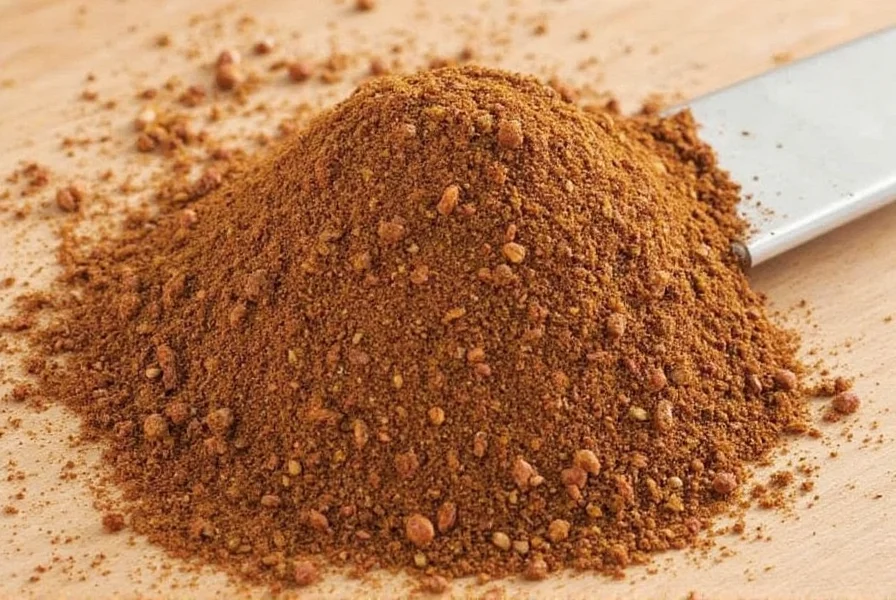
Frequently Asked Questions About Brown Sugar
What exactly is brown sugar?
Brown sugar is a type of sugar made from sugarcane or sugar beets that retains molasses during processing or has molasses added back. This gives it a moist texture, rich caramel flavor, and darker color compared to white sugar. It's not a spice but a natural sweetener used in baking and cooking.
Is brown sugar the same as brown augar?
No, "brown augar" is a common misspelling of "brown sugar." Brown sugar is a real sweetener, while "brown augar" does not exist as a recognized food product. This confusion often happens due to similar pronunciation.
Where can I buy brown sugar?
Brown sugar is widely available in grocery stores, supermarkets, and online retailers. Look for it in the baking aisle next to white sugar. Popular brands include Domino, Wholesome Sweeteners, and Florida Crystals. Always check the label for "light" or "dark" variety based on your recipe needs.
How is brown sugar different from white sugar?
Brown sugar contains molasses (3.5% to 6.5%), which gives it moisture, a richer flavor, and darker color. White sugar is fully refined with all molasses removed, resulting in neutral sweetness and dry texture. Brown sugar adds depth to baked goods and savory dishes, while white sugar provides pure sweetness without extra flavor notes.
Can I make brown sugar at home if I can't find it in stores?
Yes! Mix 1 cup of white sugar with 1-2 tablespoons of molasses. Use light molasses for light brown sugar or dark molasses for dark brown sugar. Stir until fully combined. This homemade version works perfectly for most recipes.
How long does brown sugar last, and how should I store it?
Properly stored in an airtight container away from light and moisture, brown sugar will maintain its best texture for 1-2 years. For maximum freshness, store it in a cool, dark pantry. If it hardens, add a marshmallow or terra cotta sugar saver to restore moisture quickly.
What dishes work best with brown sugar?
Brown sugar shines in baked goods like cookies, cakes, and gingerbread, where its moisture creates chewiness. It's also ideal for savory applications like barbecue sauces, glazes for meats, roasted vegetables, and oatmeal. Its caramel notes complement both sweet and salty flavors perfectly.
Final Thoughts
Brown sugar may not be a household name for everyone—but it should be. With its balanced sweetness, moisture-retaining properties, and ability to elevate even the simplest dishes, it's a must-have for any modern kitchen.
Whether you're just starting out in your baking journey or you're a seasoned chef looking to add depth to your recipes, brown sugar offers something special. So go ahead—give it a try, make it your own, and let it surprise you with every bite.
Remember: Great food starts with great ingredients. And brown sugar might just be the one you didn't know you needed… until now.

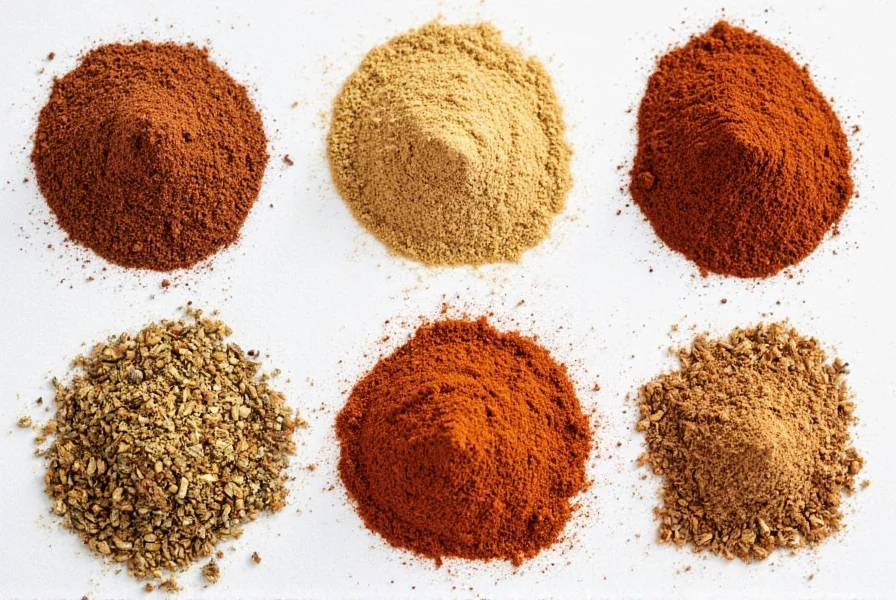









 浙公网安备
33010002000092号
浙公网安备
33010002000092号 浙B2-20120091-4
浙B2-20120091-4